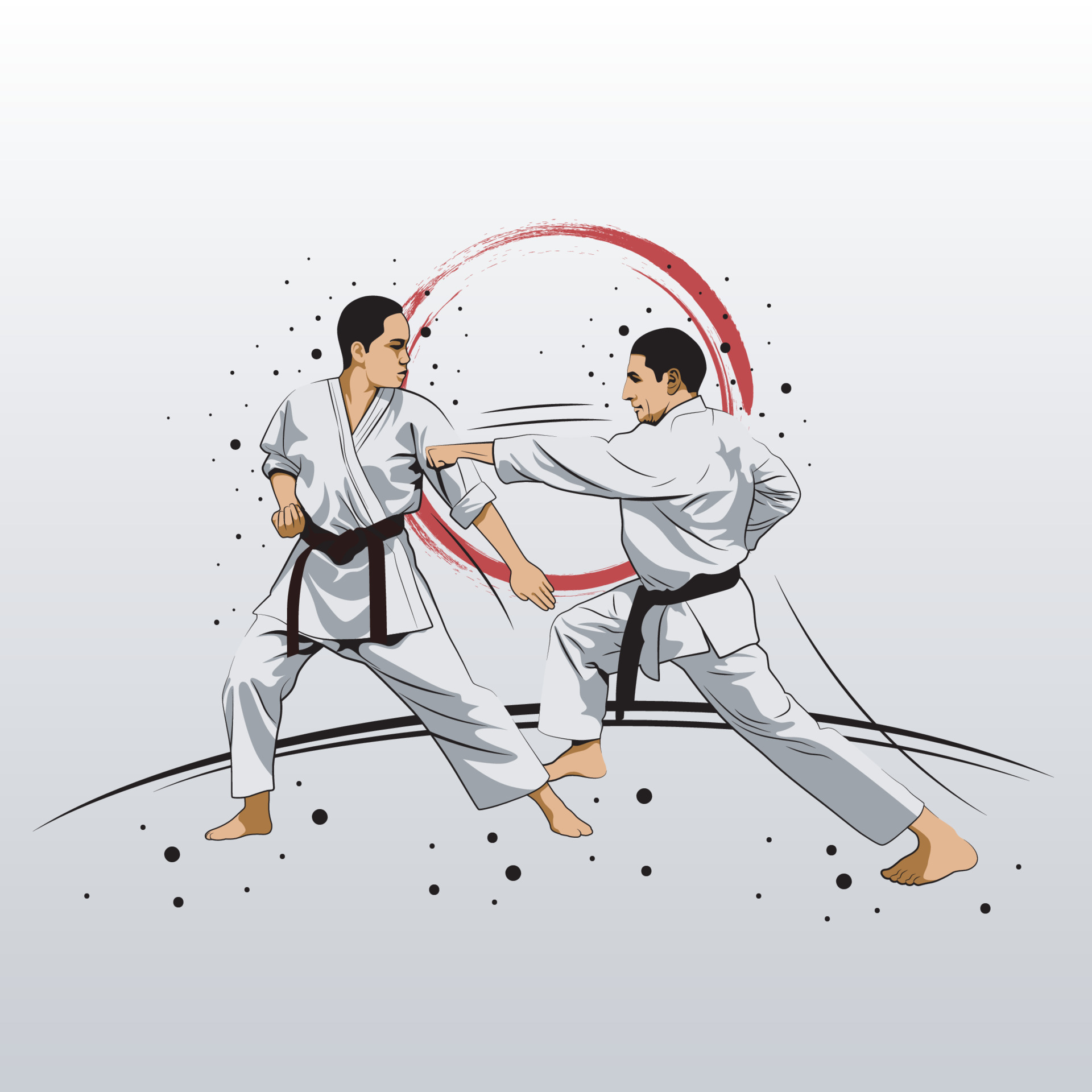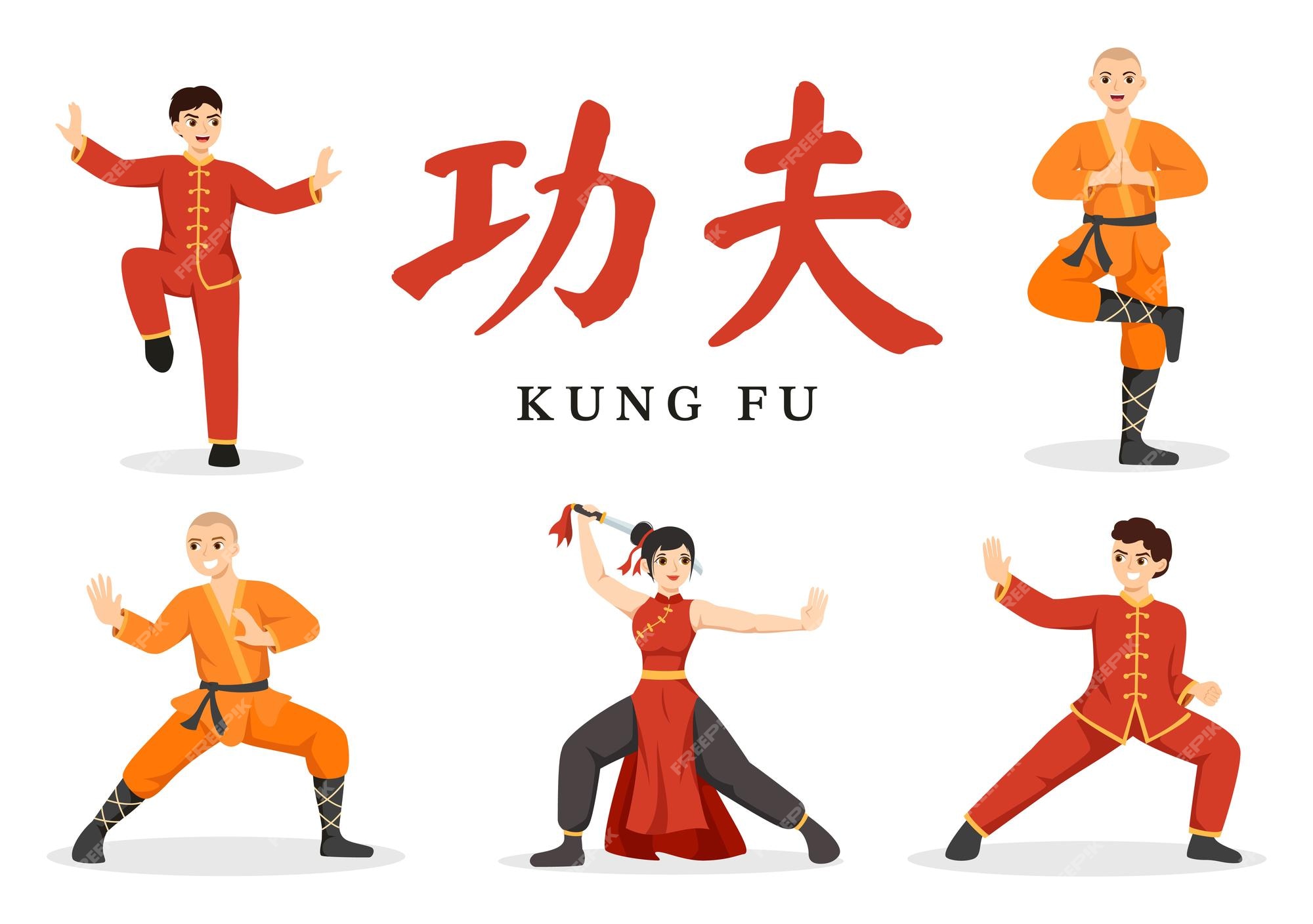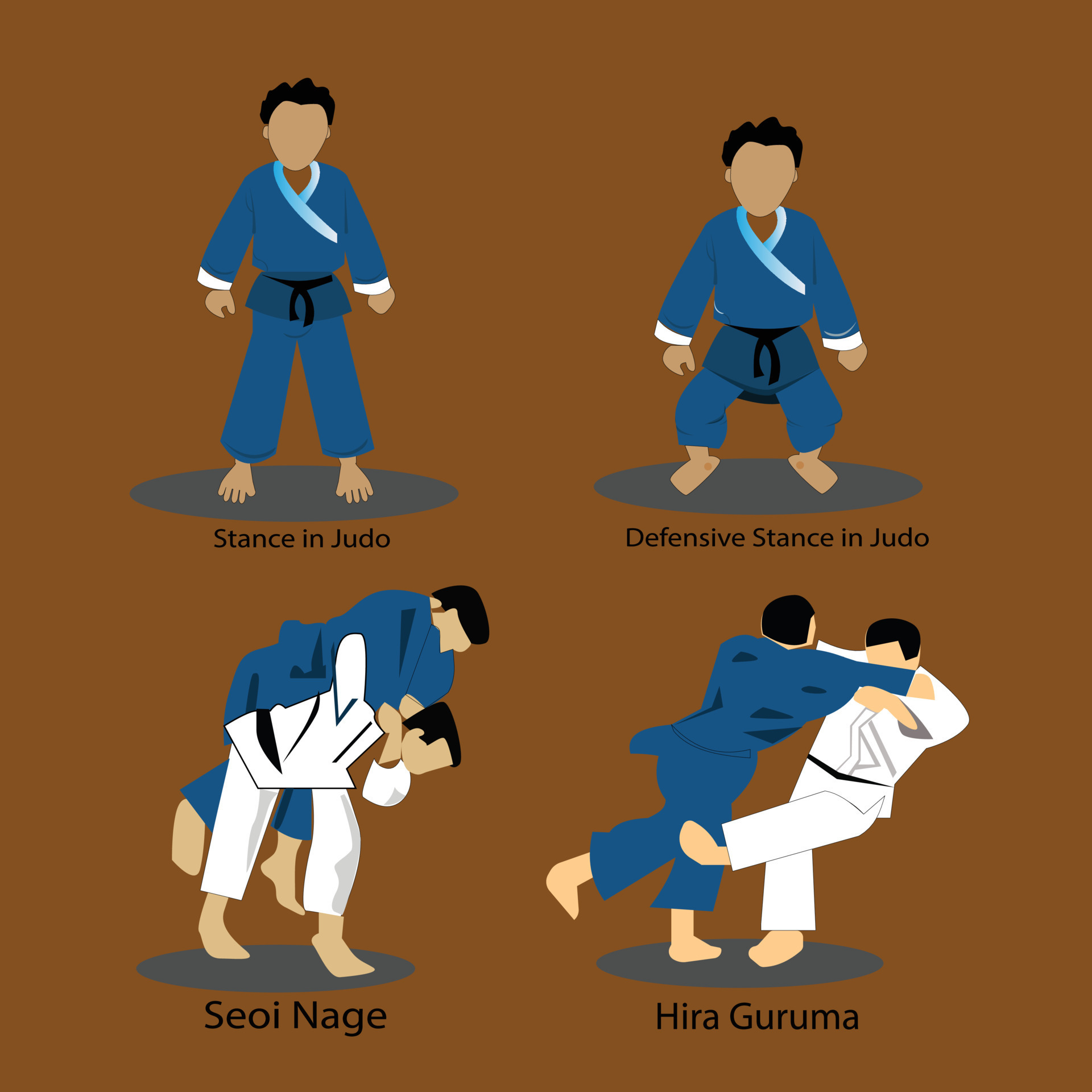Martial Arts🥋🥋:-
Q. What do martial arts help you with?
Martial arts offer a wide range of physical, mental, and emotional benefits that contribute to an individual's overall well-being and personal growth. These are some of the key ways in which martial arts can help you:
Physical Fitness: Martial arts training involves various exercises and movements that improve cardiovascular health, muscular strength, flexibility, and agility. Regular practice can lead to increased stamina and improved physical conditioning.
Self-Defense Skills: One of the primary purposes of martial arts is to equip individuals with effective self-defense techniques. Learning how to protect oneself can boost confidence and create a sense of security.
Discipline and Focus: Martial arts training requires commitment and discipline. Practitioners learn to focus on their training, set goals, and persevere through challenges, which can carry over into other areas of life.
Coordination and Balance: Martial arts often involve intricate footwork, precise strikes, and grappling techniques. Practicing these movements enhances coordination, balance, and overall body awareness.
Stress Relief: Engaging in physical activity and focusing on martial arts techniques can be a great way to relieve stress and release tension. It serves as a healthy outlet for emotions and helps improve overall mental well-being.
Confidence and Self-Esteem: As individuals progress in their martial arts journey and master new techniques, they gain a sense of accomplishment and self-assurance. This newfound confidence can positively impact various aspects of life.
Cultural Appreciation: Many martial arts have deep cultural roots and traditions. Practicing martial arts allows individuals to learn about different cultures, values, and historical backgrounds.
Mindfulness and Meditation: Some martial arts incorporate mindfulness and meditation practices as part of their training. These techniques promote mental clarity, relaxation, and focus.
Social Interaction: Martial arts classes provide an opportunity to interact with like-minded individuals and build strong bonds with training partners and instructors. It fosters a sense of community and support.
Humility and Respect: Respect for oneself and others is a fundamental aspect of martial arts. Practitioners learn to treat their training partners and instructors with respect and humility, cultivating a positive and respectful attitude toward others.
Goal Setting and Achievement: Progressing through belt levels or mastering specific techniques involves setting and achieving goals. This process instills a sense of discipline and motivation to strive for continuous improvement.
Adaptability and Problem-Solving: Martial arts training exposes practitioners to various situations and opponents, requiring adaptability and quick problem-solving skills during practice and sparring.
*There are 180 styles of martial arts among which these are the most common:-
1. Karate: The Way of the Empty Hand
Karate, a captivating martial art with deep roots in Japanese culture, is renowned for its powerful strikes, graceful movements, and unwavering discipline. Translated as "The Way of the Empty Hand," Karate emphasizes the use of hands and feet as the primary weapons, fostering both physical and mental development in its practitioners.
Katas and Kumite: The Dynamic Duo of Karate
In the captivating world of Karate, two essential components stand out: katas and Kumite. These distinct yet interwoven aspects form the heart and soul of this ancient martial art, shaping practitioners into skilled warriors with a profound understanding of both form and combat.
2. Taekwondo: The Art of Kicking and Flying
Taekwondo, a dynamic and captivating martial art originating from Korea, is celebrated for its high-flying kicks, lightning-fast strikes, and graceful movements. Translated as "The Way of the Foot and Fist," Taekwondo emphasizes the skillful use of legs and hands as powerful weapons, making it a thrilling and acrobatic martial art.
Taekwondo, "The Art of Kicking and Flying," embodies the perfect fusion of physical prowess, mental focus, and cultural heritage. Through its powerful kicks and fluid movements, Taekwondo practitioners experience a sense of empowerment and unity with their art. Beyond being a thrilling martial art, Taekwondo nurtures a spirit of respect, perseverance, and self-improvement that extends to all aspects of life.
3. Brazilian Jiu-Jitsu: The Gentle Art of Ground Fighting
Brazilian Jiu-Jitsu (BJJ) is a captivating martial art known for its ground fighting techniques and emphasis on leverage and technique over raw strength. Often referred to as "The Gentle Art," BJJ empowers practitioners to overcome larger opponents through strategic grappling and submission holds.
Brazilian Jiu-Jitsu, "The Gentle Art of Ground Fighting," exemplifies the beauty of technique and intellect in martial arts. Through BJJ's strategic groundwork and commitment to personal growth, practitioners not only gain self-defense skills but also experience a profound transformation of mind, body, and spirit. Embrace the essence of Brazilian Jiu-Jitsu, and you will discover a martial art that empowers, uplifts, and unites individuals in the pursuit of excellence both on and off the mats.
4. Muay Thai: The Art of Eight Limbs
Muay Thai, also known as "The Art of Eight Limbs," is a captivating and dynamic martial art from Thailand. Renowned for its explosive strikes and effective use of fists, elbows, knees, and shins, Muay Thai has earned its place as one of the most formidable striking arts in the world.
Muay Thai, "The Art of Eight Limbs," embodies the seamless fusion of power, technique, and tradition. Through its powerful strikes and cultural significance, Muay Thai has captured the hearts of martial arts enthusiasts globally. the spirit of Muay Thai is a formidable fighting style that also develop a deep respect for its heritage and a profound sense of self-discovery along the journey of mastering this dynamic martial art.
5. Kung Fu: The Ancient Chinese Martial Arts
Kung Fu, a captivating and diverse martial art originating from ancient China, encompasses a wide array of styles that blend combat techniques with philosophical principles. As a symbol of Chinese culture and history, Kung Fu is celebrated for its graceful movements, powerful strikes, and profound wisdom.
Kung Fu, the ancient Chinese martial art, transcends the realm of combat to become a way of life. Through its elegant movements and profound philosophy, Kung Fu nourishes the mind, body, and spirit of its practitioners. the wisdom of Kung Fu will lead you to a transformative journey of self-discovery, inner harmony, and an enduring connection to the rich heritage of China's martial arts legacy.
6. Krav Maga: Combative Self-Defense for Real-World Situations
Krav Maga, a highly practical and efficient self-defense system, equips individuals with the skills to protect themselves in real-world scenarios. Developed in Israel, Krav Maga emphasizes instinctual movements, aggression, and quick responses, making it one of the most effective self-defense disciplines worldwide.
Krav Maga, the combative self-defense system, transcends mere techniques to instill a mindset of self-reliance and resourcefulness. By training in Krav Maga, individuals equip themselves with the skills and confidence to face real-world threats, ensuring their safety and that of their loved ones.
7. Judo: The Gentle Way of Overcoming Opponents
Judo, a graceful and powerful martial art originating from Japan, is known as "The Gentle Way." Despite its name, Judo is a formidable combat discipline that emphasizes using an opponent's energy and momentum to gain control and achieve victory. It embodies the principles of mutual welfare and benefit, making it not just a physical art but also a philosophy for life.
Judo, "The Gentle Way of Overcoming Opponents," embodies the spirit of harmony, respect, and efficiency. Beyond its physical techniques, Judo imparts valuable life lessons that extend far beyond the mats.







